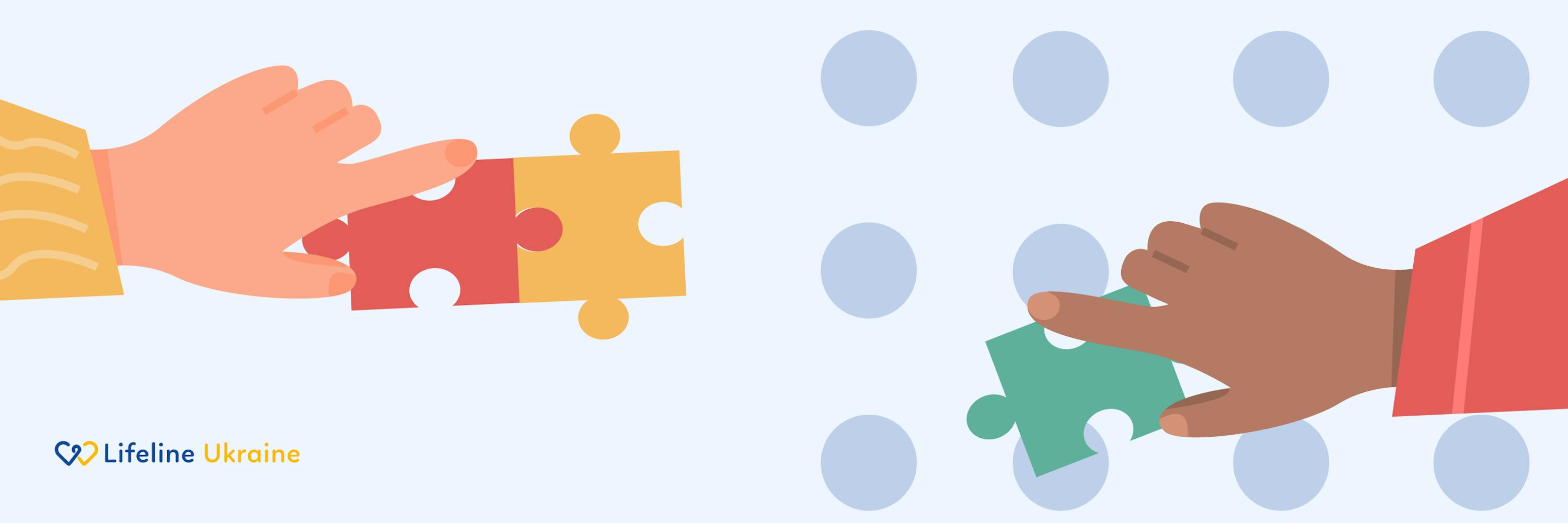What is art therapy?
Art therapy is a method of psychotherapy that uses creativity and art as a tool to improve mental health. Art therapy is particularly useful for individuals with Post-Traumatic Stress Disorder (PTSD) as it provides an opportunity for self-expression when verbal communication is challenging.
A study conducted by UkrSocStandard found that 52% of Mariupol residents show signs of PTSD.

How does severe stress affect the brain?
During severe stress, normal memory processes involving the amygdala, hippocampus, and prefrontal cortex can be disrupted. This can lead to fragmented memories without clear context or understanding of a traumatic event.
How does art therapy work?
Art therapy offers a wide range of activities that allow people to safely confront and process their fears and anxieties.
By transforming their emotions into tangible forms, such as through artworks, people can access and work through their traumatic memories.
Visualisation techniques used in art therapy help regulate unpleasant emotions and promote self-love, leading to a more resourceful state of mind.
Art therapy addresses various psychological issues, including trauma, loss, conflicts, stress, and age-related crises.
Can art therapy be done at home?
Conducting art therapy sessions at home is relatively simple. All you need are basic materials such as paper, paints, and brushes. For instance, finger painting provides tactile stimulation and reflex massage, positively affecting the nervous system. Creating collages involves assembling cutouts on a chosen theme, which fosters predictive thinking and a connection with the subconscious. Drawing mandalas or circular designs, which originate from Hinduism and Buddhism, can promote meditation and self-analysis.













